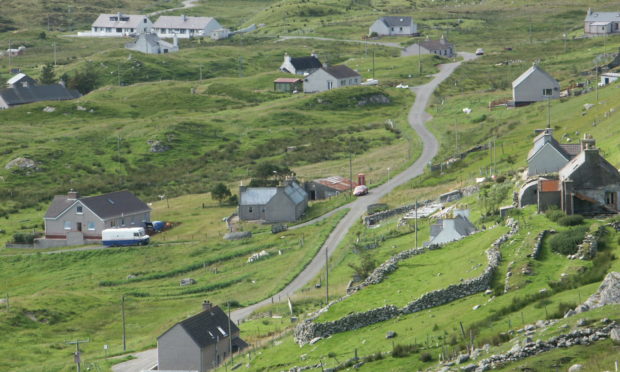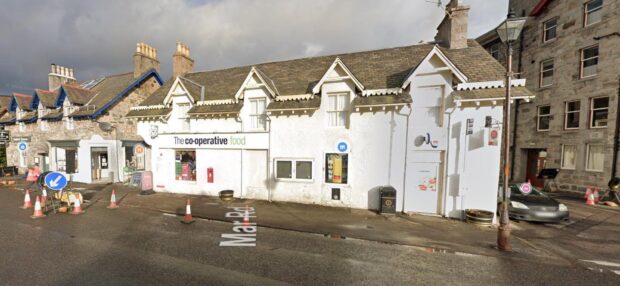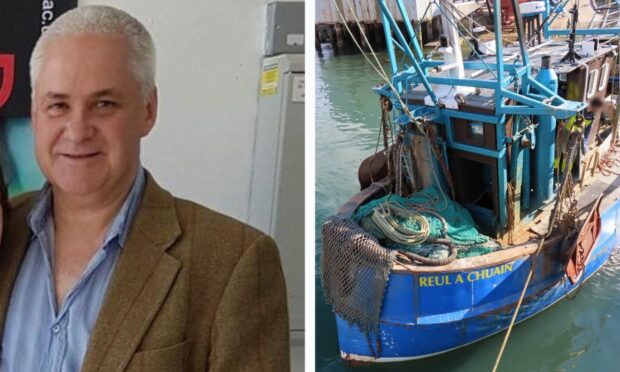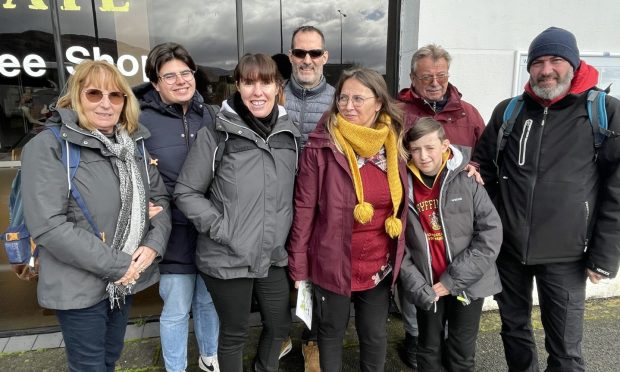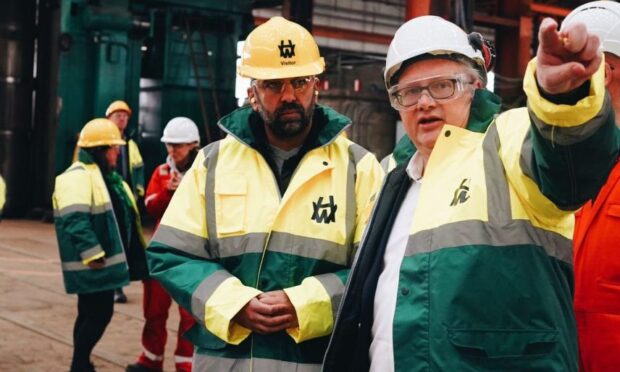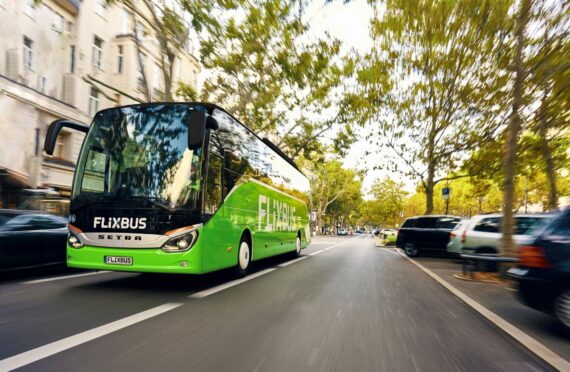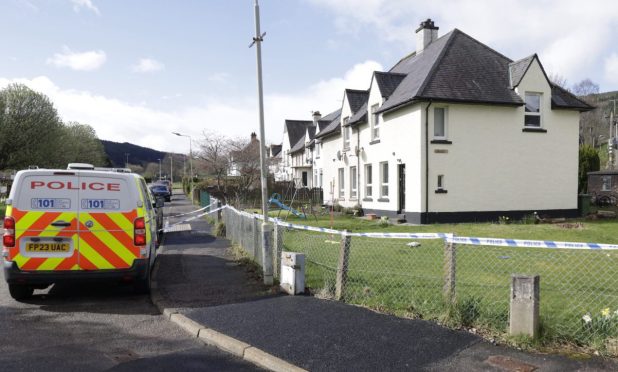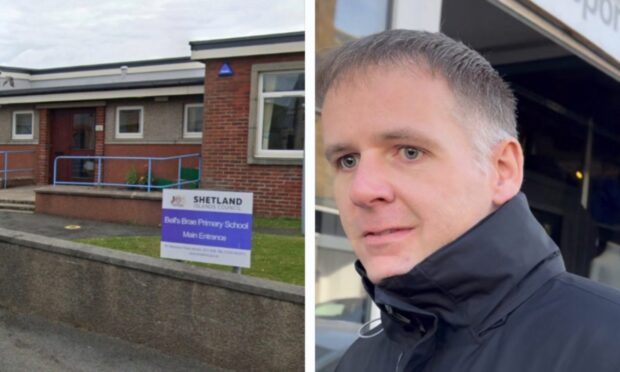Land reform has a vital role to play in Scotland’s green economic recovery from the Covid pandemic, according to community owners.
Community Land Scotland (CLS) says how land and other natural assets, such as forests, renewable energy and marine resources, are owned and used is critical to a fair and green future.
CLS has set out its stance in a letter to the Just Transition Commission which is advising on a net-zero economy.
Chairman Ailsa Raeburn said fiscal and legislative support is needed to help communities deliver climate benefits via land ownership, including through the management of peatlands and woodlands.
“Similarly, the introduction of a specific Feed In Tariff Scheme or renewable energy production specifically for community-generated renewables (and ensuring provision of interconnector infrastructure throughout Scotland to enable export of surplus energy to the National Grid) would ensure that such investment remains in Scotland, enable the further development of local energy systems, provide for community reinvestment of revenues and contribute to Scotland’s net zero emissions target.
“All of these measures would contribute to retaining the economic and wider social value of natural capital within communities for their wellbeing whilst simultaneously delivering wider public benefits.
“Such an approach is in sharp contrast to the current situation whereby the economic value of natural capital is all too often extracted from rural communities as a consequence of subsidies and other payments being channelled to monopoly private landownership for delivery of public goods without concomitant local investment.”
